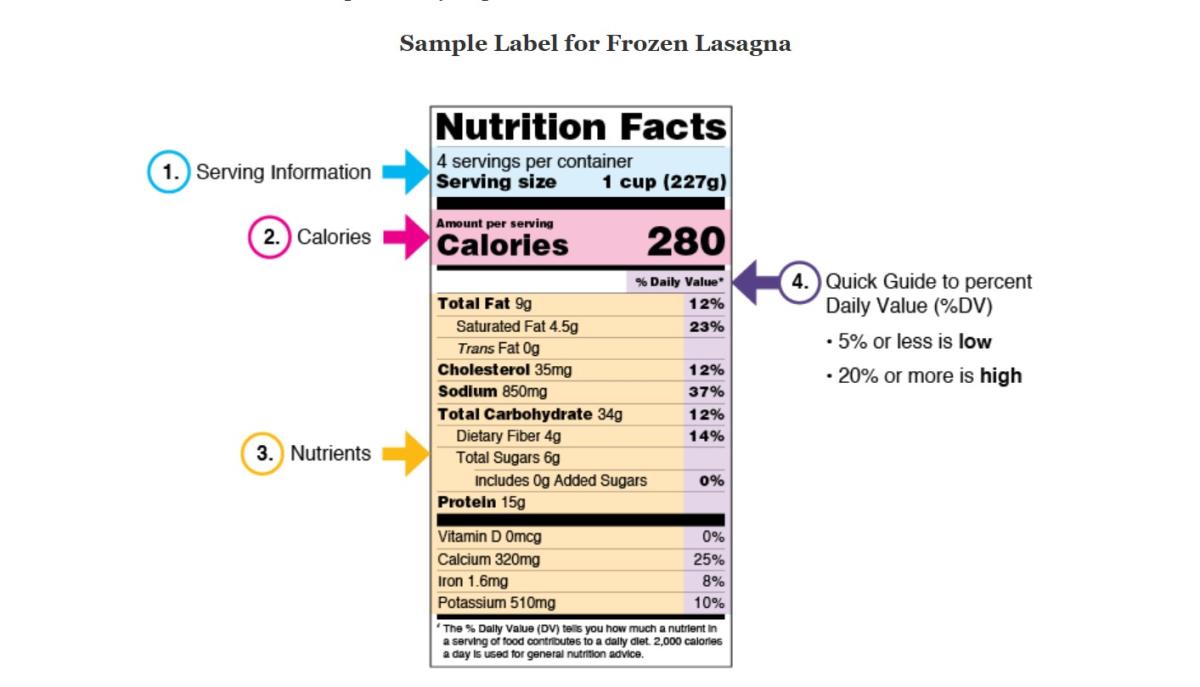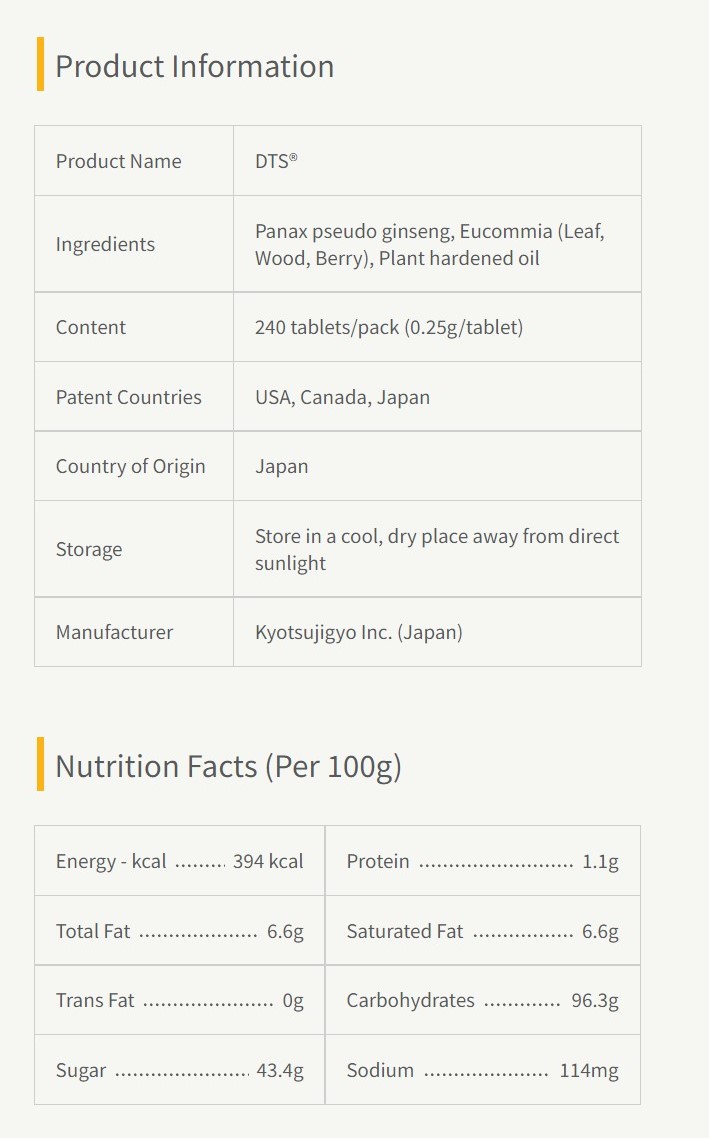Use Nutritional Label Effectively

Getting the right nutrients is vital for many of us, especially if one is on diet restriction; he would want to know how much he eats each day. But no matter the reason behind it, learning how to use the nutritional label allows us to make quick, informed food decisions.

1. The first thing to look at
When reading a nutrition fact label, serving information should be the first thing to look at. To understand how many calories and nutrients you have eaten, you need to know the number of servings in the package (per container in the example) and the serving size. You may need to do a calculation if you eat more or less than the serving size stated. In this example, the calories, nutrients, and %DV are 1 cup (1 serving) of lasagna. If you eat 2 cups, which means 2 servings, you will have to double everything on the nutrition label.
So you see, the number of servings consumed determines the nutrients and calories amount; also the %DV you have actually eaten. Serving sizes are usually provided in cups or pieces. But, it is worth knowing that not all countries adopt these units. You may see some packages with their nutrition label shown per 100g. Again, some calculation is needed if you are not consuming 100g in one sit.

Take DTS as an example. A lot of people are shocked by the sugar content in DTS. But look closely; we can see that the nutrition facts are referred to per 100g, and each tablet is 0.25g. Quick maths, it takes 400 tablets to make up to 100g, far from the daily recommended dosage. That means we cannot directly use the label to reflect how many nutrients we get from DTS daily. Most people take 8-12 DTS tablets daily, times 0.25g per tablet, which is 2-3g per day. Therefore, instead of getting 43.4g of sugar, most people get 0.87-1.3g of sugar from DTS daily.
Another point to remember is that serving size is different from the recommendation of how much you should consume. It just reflects the portion size one would typically eat or drink.
2. Compare similar food choice
Now we can look into nutrient content and percent daily value. With the same serving size, it is easy to compare food choices and choose the food that better supports our dietary needs. Generally, we would like to get food that is lower in saturated fat, sodium, and added sugars. Overconsumption of these nutrients is often associated with adverse health effects. We can also utilize the nutrition label to add more nutritious food to our meals, such as dietary fiber and vitamin D, the nutrients people commonly do not get enough of.
Dietary needs vary among individuals. Use the label wisely to choose food with more nutrients that you need or fewer nutrients that you want to limit.
- * All research and clinical data should be used as reference purposes only, results may vary.




